JUMILLA 2023 VINTAGE
THE WINE COUNCIL’S TASTING COMMISSION CARRIES OUT
THE OFFICIAL RATING OF THE VINTAGE IN THE JUMILLA WINE MUSEUM
Following a tasting of samples of the 2023 vintage last 10th May by 18 members of the Jumilla Wine Council’s official tasting commission, the quality of the vintage was judged to be “Very Good”.
The expert panel was made up of: Agustín Miñana, Pascual Tomás, Antonio Fernández, Martín Ortíz, Diego Cutillas, Luis Sánchez, Juan Miguel Benítez, Pascual Olivares, Bartolomé Abellán, Silvano Guirao, María Gertrudis García, María Severa Palencia, Juan Corredor, Luis Javier Pérez, Juan Miguel Baños, Pedro José Cutillas, Pilar Abellán and Jennifer Pérez.
The tasting was coordinated by Joaquín Salamero, the Jumilla Wine Council’s auditor and tasting panel head.
Conducted with the highest standards and great rigor, the official tasting contained a large quantity of samples, the number of which was proportional to the volume produced by the wineries overseen by the Jumilla PDO.
Seven white wines, six rosé wines and 16 red wines, both oaked and unoaked, from the 2023 vintage, were tasted. Following the tasting and assessment of each of the 29 wines, the panel judged that the quality of the vintage should be classified as “Very Good”.
In this 2023 vintage, which was marked by drought and a substantial decrease in production because of the lack of rain, technical expertise proved crucial in deciding on optimal harvesting dates and meticulously seeking homogeneous ripeness in the grapes. Because of the drought conditions, which have persisted over the last two years, many dry-farmed vines were unable to develop from their slow spring growth.
The difficulty in being able to observe the right moment to pick because of uneven ripening from vine to vine and bunch to bunch led to very heterogeneous overall ripeness, which was also present in the resulting wines, which are starting to be consumed at the present moment.
In terms of tasting characteristics, the 2023 vintage offers pleasant, elegant fruit character on the nose and a deliciously smooth mouth-feel with fine silky tannins on the palate. The total grape production within the Jumilla PDO Regulatory Council for the 2023-2024 campaign was 53,625,478kg. The prevalence of organic farming was ever-more evident with over 75% of the appellation’s surface area of vines now being organically-grown. Thanks to Jumilla’s optimal climatic grape-growing conditions, the vines enjoy excellent health and are largely free of disease and pest damage without having to resort to sprays.
Classification of vintage quality by year in the Jumilla DOP
About the Jumilla DOP and its old vines.
Vine-growing in Jumilla has a long history. Traces of vitis vinífera along with wine utensils and archaeological vestiges found in Jumilla date back to 3000 BC, the oldest in Europe.
The appellation’s vines are planted at elevations ranging from 320 to 980 meters within mountain ranges rising as high as 1,380 meters. These form the boundaries of the appellation, from the extreme south-east of Albacete (taking in the municipalities of Hellín, Montealegre del Castillo, Fuente Álamo, Ontur, Albatana and Tobarra) to the north of Murcia province with the municipality of Jumilla. The appellation covers more than 20,000 hectares of vines, most of them dry-farmed bush vines grown predominantly on limestone soils.
Old vines in the Jumilla DOP cover more than 12% of the total surface area, with the Monastrell grape variety making up most of it (90%). It is estimated that a large proportion of these old vines are ungrafted and cover at least 1,000 hectares, 89% of which are planted with Monastrell, followed by 6% Airén and 3% Garnacha Tintorera.
The climatic conditions in Jumilla, with annual rainfall barely reaching 300mm and over 3,000 hours of sunshine a year, are highly conducive to organic farming, which is widely practiced in the area.





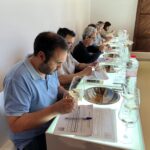



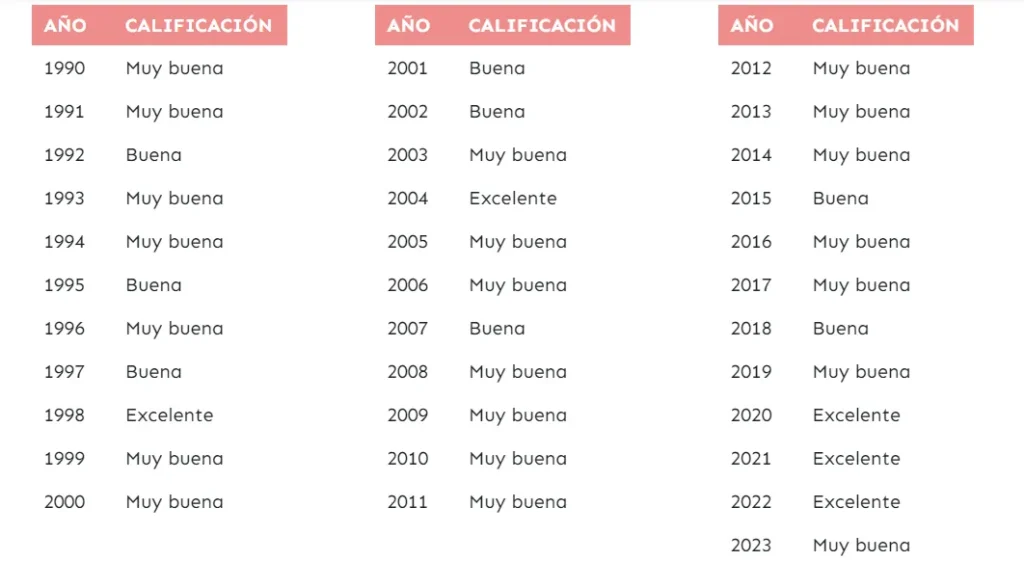
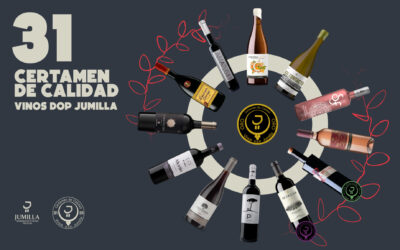
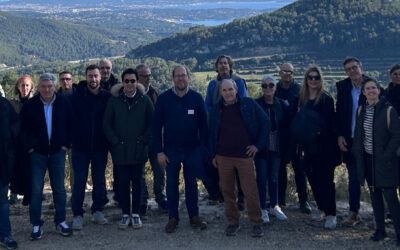
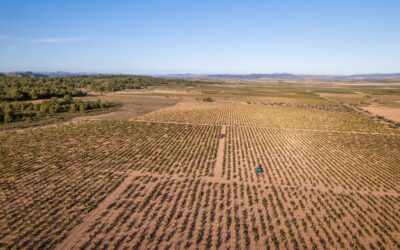

0 Comments